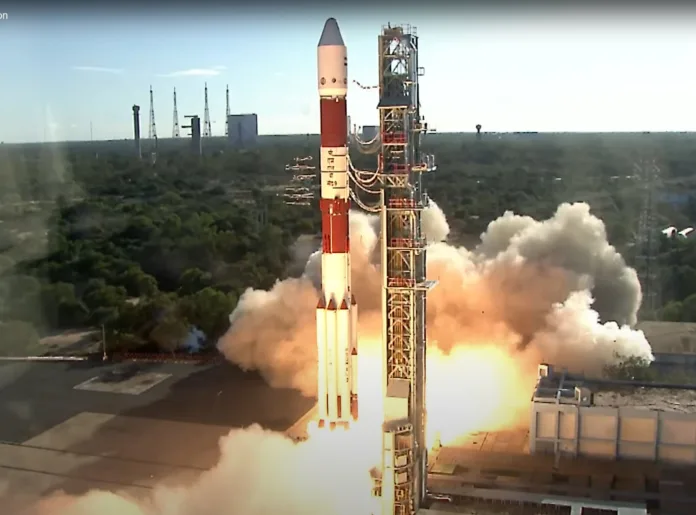Sriharikota: ISRO’s PSLV C59/ Proba 3 mission in orbit as proof of technical excellence in launch and satellite deployment. ISRO’s reliable rocket PSLV yesterday put into orbit two satellites created by the European Space Agency to study the outer corona of the Sun. With this, ISRO has set a new milestone in international cooperation in space exploration.
The PSLV lifted off from the Satish Dhawan Space Center in Sriharikota at 4.04 pm on Thursday and placed the satellites in the fixed orbit after 18 minutes. Within seconds, the message from the satellite reached the center in Australia. The European Space Agency said that the main communication will be with the center in Belgium and thanks ISRO. The launch, which was scheduled for Wednesday, was postponed to yesterday due to technical problems with the spacecraft. India’s first solar probe, Aditya L1, had yesterday transmitted important information about the coronavirus.
The Proba 3 mission consists of the Occulter and Coronagraph satellites. Both satellites together weigh 550 kg. The mission is to create an artificial solar eclipse by placing one probe in front of the other, since solar eclipses are the best time to study the corona. The larger satellite, the occulter, will be positioned 150 meters ahead of the corona graph. The European Space Agency says that the coronagraph will get a clearer view of the Sun’s corona through the shadow created by this. The solar wind that disrupts Earth’s communication systems is caused by the corona.
ISRO Chairman S Somnath said that the spacecraft will travel in a semi-circular orbit with apogee (minimum distance from Earth) of 600 km and perigee (maximum distance from Earth) of 60,000 km. D Radhakrishnan, chairman and MD of NSIL, ISRO’s commercial arm, said that this is the first time that PSLV has launched a satellite into a semi-circular orbit at such a distance.




























